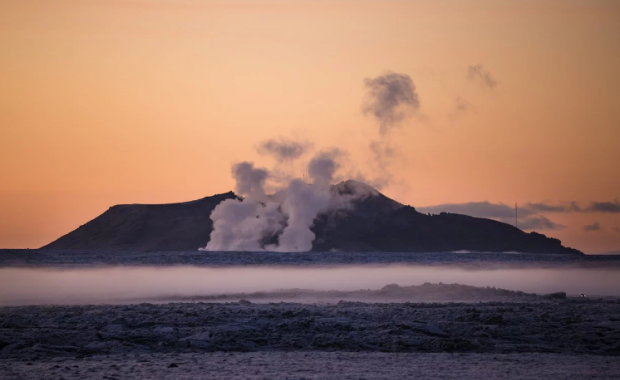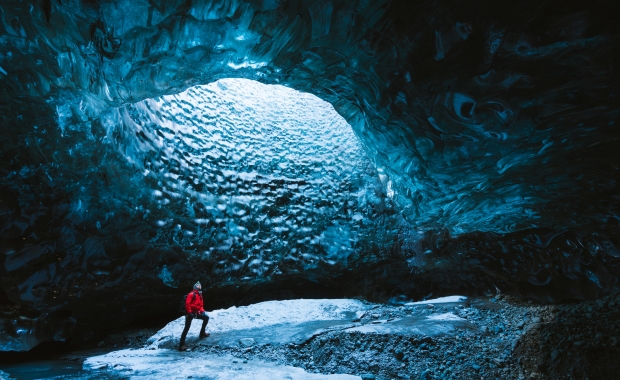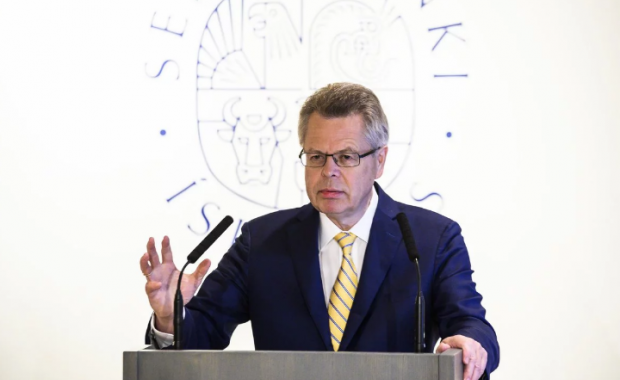As with all large business ventures, a key objective that needs to be settled regarding the submarine cable construction is the financing plans. It is collectively agreed by all parties that the geothermal and hydropower energy found in Iceland is an advantageous alternative to the nuclear power that currently dominates the global energy landscape. However, there is controversy as to who should actually finance the endeavor. There have been varying reports regarding who is in the driver seat, and whether or not this will be a burden taken on by the tax payers of the UK, and the British government, or if a privatized approach is more appropriate. But there is one thing that is clear, after enduring the worst banking collapse in the history of the world, Iceland will not be funding this project themselves.
In November 2013, Bloomberg ran a report entitled, “Iceland-U.K. Subsea Power Cable sees ‘Strong’ Investor Interest.” The gist of the article makes the case that due to the low-risk, predictable returns, foreign investors would covet the chance to participate in the project. Andrew Perkins, a partner in energy and environmental finance at Ernst & Young LLC confirms these sentiments by stating, “These assets are attractive to financiers, which suggests that the capital costs to build the new cable should be financed by the private sector.” However, contradicting reports had come out one month earlier in October 2013 from Oilprice.com entitled, “UK to Finance Subsea Energy Cable to Connect UK to Iceland.” Than in February of 2014, IceNews published an article stating British city financier Edi Truell, “…has spoken to US and Canadian investors about financing the £4bn needed for such a project.” As of July 2014, no financing agreement has been finalized, illustrating that there is still work to be done regarding the structuring of the deal.
Protecting The Pristine
Another important component to the geothermal debate is the environmental implications of the commercialization of Iceland’s natural energy. The government estimates that 75% of Iceland’s energy is untapped. The hydropower created from the nation’s glaciers accounts for about 73% of electricity production with the rest coming from geothermal sources. Less than 40% of the available geothermal energy is actually used to make electricity, leaving a massive opportunity to expand on the current production efforts. But first, the moral debate regarding Iceland’s conservationist efforts must be sorted in order to decide the limitations of Iceland’s energy expansion.
Thus, the most important question for Icelander’s to answer is: at what cost will they protect their scenic landscapes? They can multiply their hydropower production several times over if they transformed some of their picturesque waterfalls, such as Gullfoss, into hydro-powered damns to manufacture the energy. Yet, closing down the waterfall in order to create these hydro-damns would rob Icelanders and tourists alike of one of the most beautiful scenes that Iceland has to offer.+
At what cost will they protect their scenic landscapes?
There have been reports of the government constructing a dam in Þjórsárver falls, a beautiful part of Iceland’s landscape. Bjork and friends recently raised 35 Million Icelandic Krona (around $318,000) in order to protect Iceland’s environment against the energy companies that see dollars signs over scenery. Additionally, an organization called Saving Iceland is aimed at protecting the island’s wildlife from corporations “bent on ruining it.” This added dimension to the exportation of Icelandic energy, forces a fierce moral debate, one that the Icelandic government is going to need to resolve before sorting out future energy plans with foreign investors and the British government.
Going Green
Chapter 3: Proceeding with Cautious Optimism
Going Green; How Iceland’s Geothermal Surplus Could Shape the UK Energy Market.
Chapter 2
As with all large business ventures, a key objective that needs to be settled regarding the submarine cable construction is the financing plans. It is collectively agreed by all parties that the geothermal and hydropower energy found in Iceland is an advantageous alternative to the nuclear power that currently dominates the global energy landscape. However, there is controversy as to who should actually finance the endeavor. There have been varying reports regarding who is in the driver seat, and whether or not this will be a burden taken on by the tax payers of the UK, and the British government, or if a privatized approach is more appropriate. But there is one thing that is clear, after enduring the worst banking collapse in the history of the world, Iceland will not be funding this project themselves.
In November 2013, Bloomberg ran a report entitled, “Iceland-U.K. Subsea Power Cable sees ‘Strong’ Investor Interest.” The gist of the article makes the case that due to the low-risk, predictable returns, foreign investors would covet the chance to participate in the project. Andrew Perkins, a partner in energy and environmental finance at Ernst & Young LLC confirms these sentiments by stating, “These assets are attractive to financiers, which suggests that the capital costs to build the new cable should be financed by the private sector.” However, contradicting reports had come out one month earlier in October 2013 from Oilprice.com entitled, “UK to Finance Subsea Energy Cable to Connect UK to Iceland.” Than in February of 2014, IceNews published an article stating British city financier Edi Truell, “…has spoken to US and Canadian investors about financing the £4bn needed for such a project.” As of July 2014, no financing agreement has been finalized, illustrating that there is still work to be done regarding the structuring of the deal.
Protecting The Pristine
Another important component to the geothermal debate is the environmental implications of the commercialization of Iceland’s natural energy. The government estimates that 75% of Iceland’s energy is untapped. The hydropower created from the nation’s glaciers accounts for about 73% of electricity production with the rest coming from geothermal sources. Less than 40% of the available geothermal energy is actually used to make electricity, leaving a massive opportunity to expand on the current production efforts. But first, the moral debate regarding Iceland’s conservationist efforts must be sorted in order to decide the limitations of Iceland’s energy expansion.
Thus, the most important question for Icelander’s to answer is: at what cost will they protect their scenic landscapes? They can multiply their hydropower production several times over if they transformed some of their picturesque waterfalls, such as Gullfoss, into hydro-powered damns to manufacture the energy. Yet, closing down the waterfall in order to create these hydro-damns would rob Icelanders and tourists alike of one of the most beautiful scenes that Iceland has to offer.+
At what cost will they protect their scenic landscapes?
There have been reports of the government constructing a dam in Þjórsárver falls, a beautiful part of Iceland’s landscape. Bjork and friends recently raised 35 Million Icelandic Krona (around $318,000) in order to protect Iceland’s environment against the energy companies that see dollars signs over scenery. Additionally, an organization called Saving Iceland is aimed at protecting the island’s wildlife from corporations “bent on ruining it.” This added dimension to the exportation of Icelandic energy, forces a fierce moral debate, one that the Icelandic government is going to need to resolve before sorting out future energy plans with foreign investors and the British government.
Going Green
Chapter 3: Proceeding with Cautious Optimism







